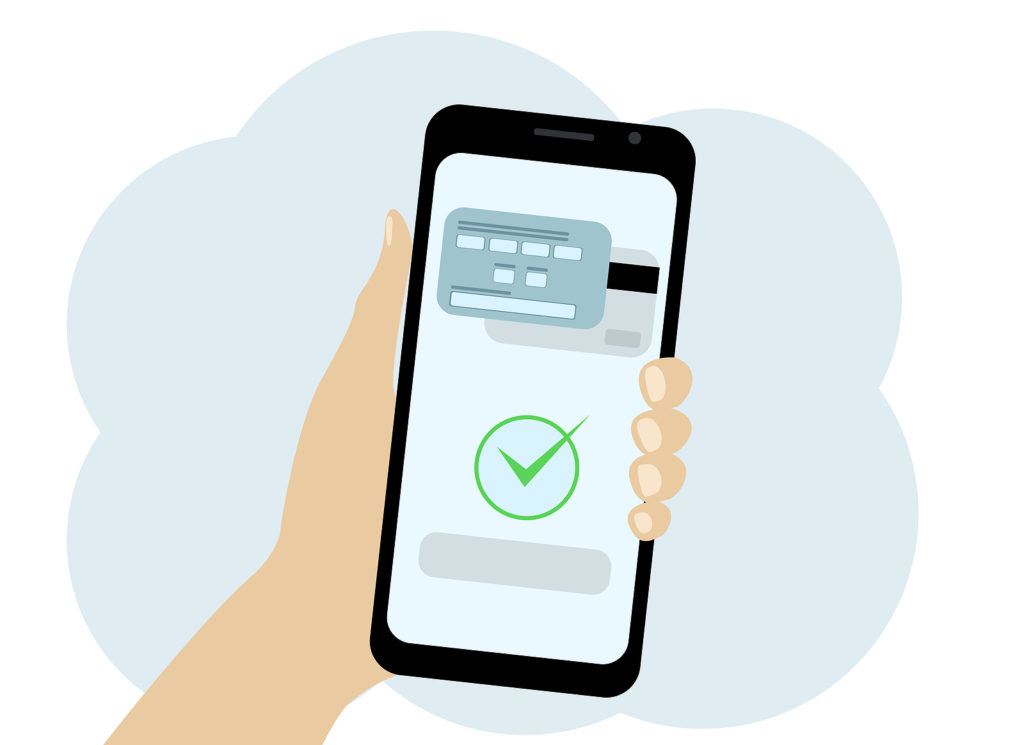
In a post-pandemic world, contactless payments are becoming more prevalent in the healthcare industry. With stricter infection control policies and new safety protocols, contactless payment options provide an easy way to make transactions without coming into direct contact with money or personal information.
Contactless payments offer a simple solution that can be scaled up for unplanned health scares like pandemics and natural disasters by removing cash from the equation. In this blog article, we explore how these new digital payment methods are being embraced by consumers who want them to stay in place after the pandemic subsides.
Popular Contactless Payment Methods Used in Healthcare During the Pandemic
The surge in contactless payments accelerated the shift from cash to digital payment options. This shift was especially pivotal in healthcare. Some of the most common methods included:
Digital Wallets
When you think of a speedy, convenient checkout process, digital wallets usually come to mind. Think PayPal, Venmo, and Apple Pay. When consumers already have a mobile wallet set up, all they have to do is tap a button and their transaction is complete in less than a minute. Entering personal billing information at every transaction is a thing of the past when using a digital wallet.
Even better? If your practice allows patients the ability to set up a patient portal account, they can experience an even faster checkout next time.
Text-to-Collect
An increasing amount of consumers prefer text communication and are more likely to take action if prompted this way. The text-to-collect feature allows healthcare providers to utilize touch-free billing capabilities. With the click of a button, you can send an SMS text to the consumer’s mobile device for quick payment of a copay, estimate, or account balance.
Once the consumer receives the text, they can simply tap the URL included, which immediately takes them to their patient payment portal right from their mobile device. After entering a few identifying fields, the consumer is shown the payment amount you have specified for them.
The consumer can easily complete the transaction by entering their preferred payment method.
Consumer Preference Remains with Contactless Payment Methods
Although mobile and contactless payments were previously less popular, the pandemic has played a huge role in changing payment behaviors for consumers. Research released by the National Retail Federation reveals that 67% of consumers were satisfied with their contactless payment experience during the pandemic and 57% said they would continue using this payment method post-pandemic.
Additionally, research shows that just over half (51%) of Americans are now using a contactless payment method, whether it be tap-to-go credit cards or mobile wallets. Consumers admit that they are using cash less often, if not at all, since the height of the pandemic.
Furthermore, 57% of consumers say that they are more likely to do business with organizations that offer a contactless payment option.
Understanding the volume of these consumer demands can help healthcare organizations to maximize their revenues.
Download our free whitepaper!
Fast-Track Your Contactless Payment Offerings: Top 6 Most Requested Methods
Download NowA Simplified Healthcare Payment Solution with Fewer Steps
Contactless payments can significantly reduce bottlenecks upon check-in and check-out. By simply sending a text or email, they will have all the information they need to complete their transaction quickly and securely. No more unnecessary time spent waiting in line or coming in close contact with sick patients.
The simplicity and low cost make it a no-brainer for healthcare providers to adopt this contactless payment strategy.
The consumer can take control of their healthcare experience by leveraging these new digital options and make the process more seamless for everyone involved.
Contactless payments in healthcare are a great way to improve patient satisfaction with easy-to-use, convenient methods of payment that they prefer when available.
